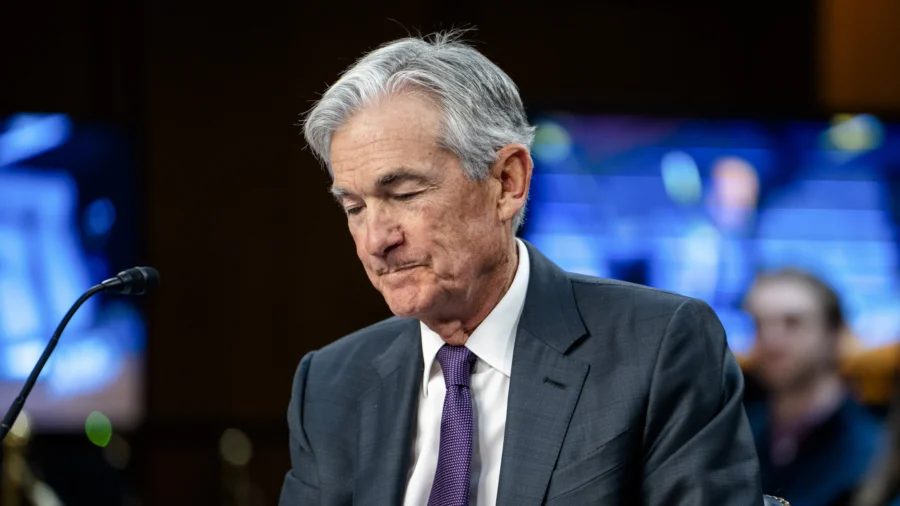
Federal Reserve Chair Jerome Powell's comments came as the central bank completes a monetary policy framework review.
A period of supply disruptions may reshape the U.S. economy, leading to unstable inflation and sustained higher interest rates, says Federal Reserve Chair Jerome Powell.
Powell appeared before the Thomas Laubach Research Conference in Washington on May 15 to discuss the U.S. central bank's monetary policy framework review.
In prepared remarks, Powell said that the economic environment has drastically changed since the review was conducted in 2020.
At the onset of the coronavirus pandemic, the U.S. and global economy witnessed near-zero interest rates to cushion the pandemic era's economic blows, leading to a prolonged period of above-trend inflation.
Five years later, long-term inflation expectations are well anchored and align with the central bank's 2 percent objective. However, according to the Fed chief, it is unlikely that interest rates will flirt with near-zero rates again.
Reiterating comments about fundamental policy changes and the possibility of supply chain snafus, Powell remarked on the new challenges monetary policymakers face.
"Higher real rates may also reflect the possibility that inflation could be more volatile going forward than in the inter-crisis period of the 2010s," Powell said.
"We may be entering a period of more frequent, and potentially more persistent, supply shocks -- a difficult challenge for the economy and for central banks."
Powell said that the Fed needs to maintain inflation expectations at 2 percent, a global standard for advanced economies' central banks.
With the Federal Reserve System entrenched in a policy examination -- an assessment completed every five years of the institution's communication strategies, tools, and overall policy framework -- central bank officials are pursuing different ways to communicate with the public.
"In periods with larger, more frequent, or more disparate shocks, effective communication requires that we convey the uncertainty that surrounds our understanding of the economy and the outlook," Powell said.
"We will examine ways to improve along that dimension as we move forward."
U.S. import bookings also soared about 40 percent last week after tanking close to 26 percent in the previous week.
Chinese shipments to the United States have rebounded by more than 70 percent.
Last week, the Trump administration secured a trade deal with the United Kingdom and agreed to a 90-day tariff pause with the Chinese regime.
During an event with executives in Qatar, the president announced on May 15 that India's government offered to eliminate tariffs on U.S. goods.
"It is very hard to sell in India, and they are offering us a deal where basically they are willing to literally charge us no tariffs," Trump said in a meeting in the Qatari capital of Doha.
Following robust economic data, investors have pushed back their interest rate cut forecasts.
Officials have stated they can afford to be patient since the economy remains strong and policy is well-positioned to respond to changing conditions.
So far, both sides of the twin mandate -- maximum employment and price stability -- are intact.
On the inflation front, the April consumer price index (CPI) and producer price index (PPI) reports indicate that the disinflation trend continues.
In the labor market, the U.S. economy created a better-than-expected 177,0000 new jobs last month.
According to Charlie Ripley, a senior investment strategist at Allianz Investment Management, there is little urgency at the central bank to restart its easing cycle based on the flurry of data.
"The mantra for Chairman Powell's Fed has always been to make sound policy decisions established from the certainty of economic statistics, or in other words, remaining heavily data dependent," Ripley said in a note emailed to The Epoch Times.
Until signs of sizable weakness exist, Powell and his colleagues will stay in a wait-and-see policy position, Ripley said.
The Fed will hold its next two-day policy meeting on June 17 and June 18.
Investors will pay close attention as officials release the updated Summary of Economic Projections, a quarterly survey of policymakers' expectations for the economy and policy.